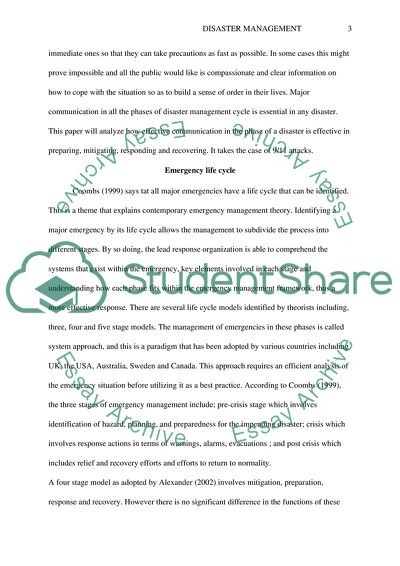Cite this document
(Dealing with Disaster Coursework Example | Topics and Well Written Essays - 2500 words, n.d.)
Dealing with Disaster Coursework Example | Topics and Well Written Essays - 2500 words. https://studentshare.org/geography/1868962-dealing-with-disaster
Dealing with Disaster Coursework Example | Topics and Well Written Essays - 2500 words. https://studentshare.org/geography/1868962-dealing-with-disaster
(Dealing With Disaster Coursework Example | Topics and Well Written Essays - 2500 Words)
Dealing With Disaster Coursework Example | Topics and Well Written Essays - 2500 Words. https://studentshare.org/geography/1868962-dealing-with-disaster.
Dealing With Disaster Coursework Example | Topics and Well Written Essays - 2500 Words. https://studentshare.org/geography/1868962-dealing-with-disaster.
“Dealing With Disaster Coursework Example | Topics and Well Written Essays - 2500 Words”. https://studentshare.org/geography/1868962-dealing-with-disaster.


